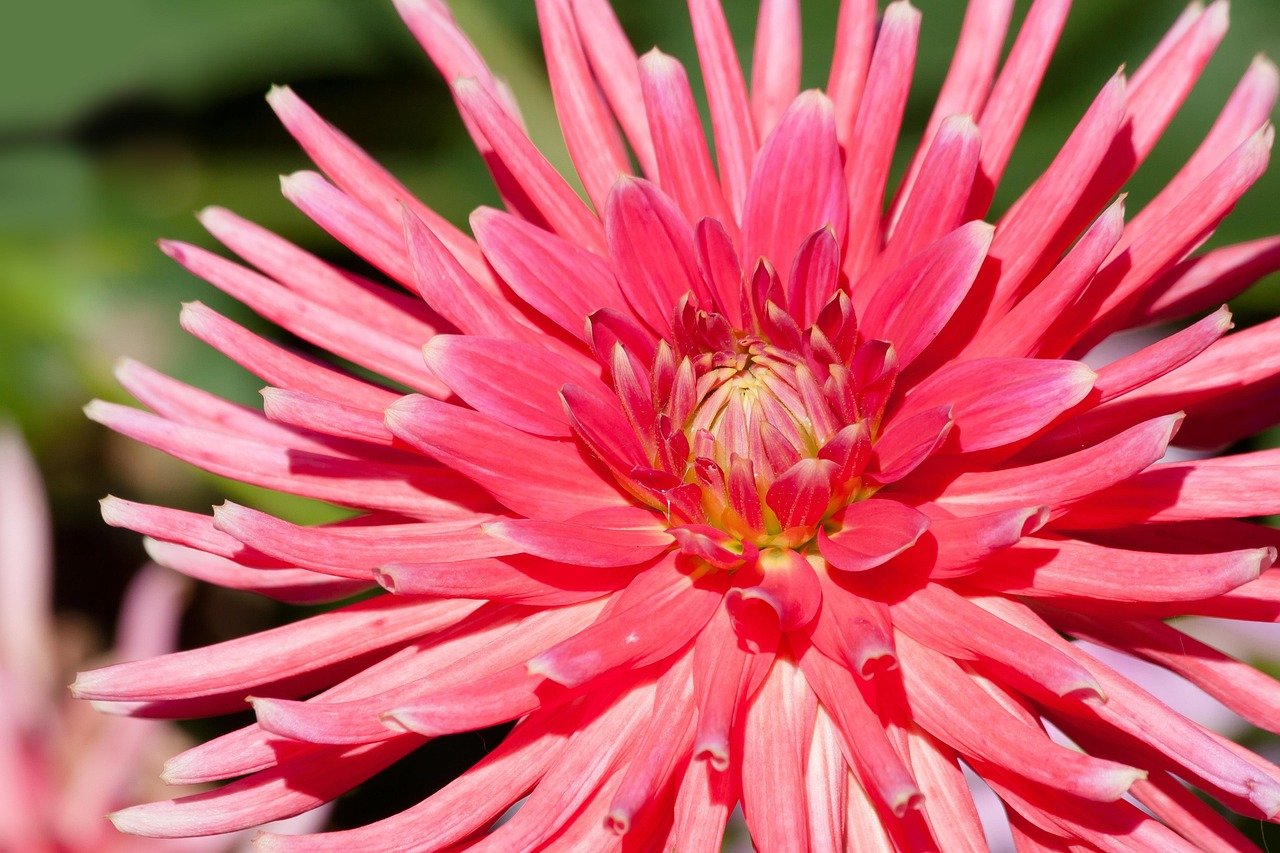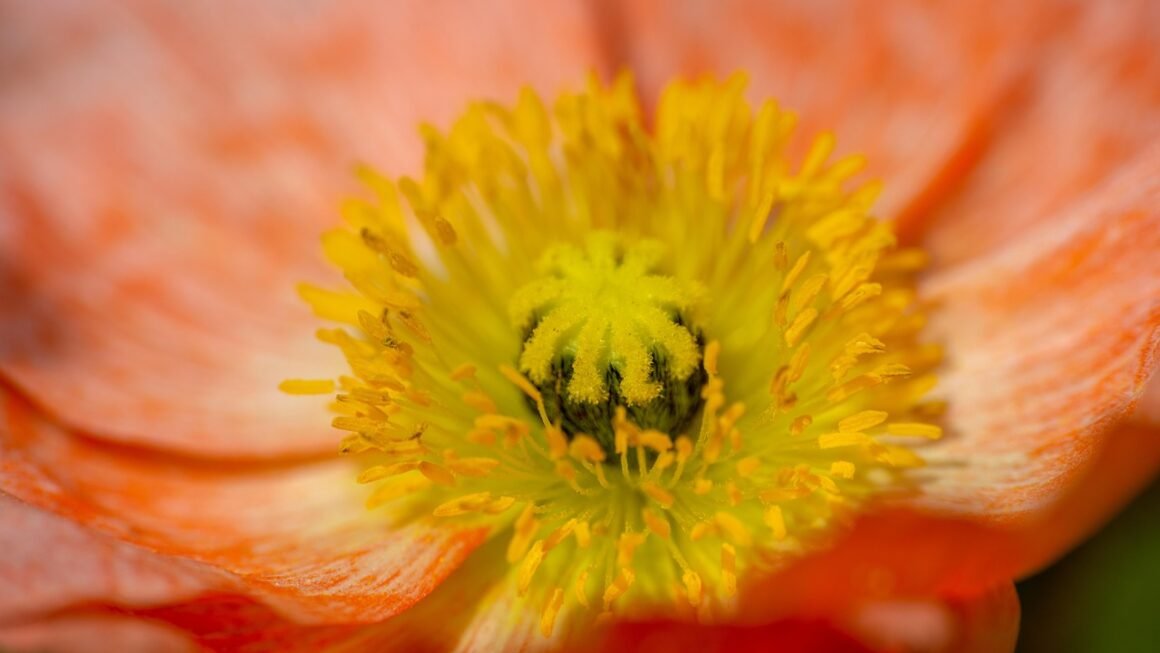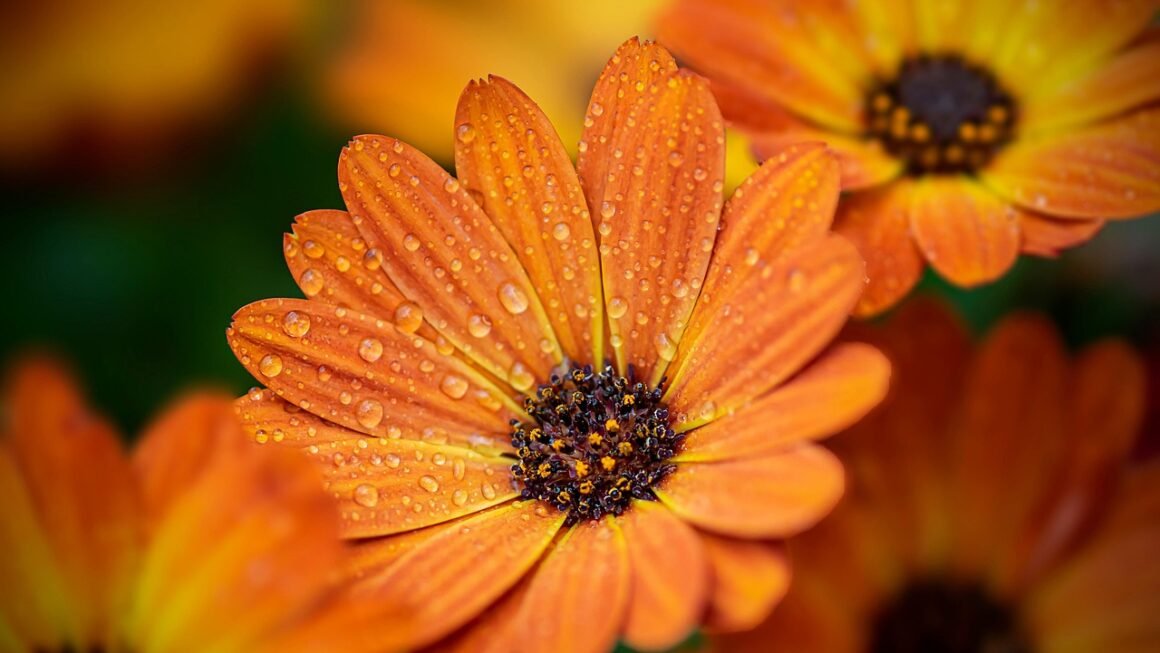Pipe fittings: the unsung heroes of plumbing, industrial systems, and even your home sprinkler system. These small components ensure seamless connections, directional changes, and controlled flow within piping networks. Choosing the right pipe fitting is critical for system efficiency, safety, and longevity. This blog post provides a comprehensive guide to understanding different types of pipe fittings, their materials, applications, and how to select the optimal fitting for your needs.
Understanding Pipe Fittings
Pipe fittings are essential components that connect sections of pipe or tubing within a piping system. They are used to:
- Change the direction of the piping.
- Connect pipes of different sizes.
- Join or terminate piping runs.
- Regulate (or measure) flow.
These seemingly simple components play a vital role in ensuring the integrity and efficiency of various systems, from residential plumbing to large-scale industrial operations.
Common Types of Pipe Fittings
There’s a wide array of pipe fittings available, each designed for a specific purpose. Understanding the different types is crucial for choosing the right one for your application. Here’s an overview of some common types:
- Elbows: Used to change the direction of a pipe run. Common angles include 45-degree and 90-degree elbows. Street elbows have a male threaded end on one side and a female threaded end on the other.
Example: A 90-degree elbow is used to turn a pipe run from a vertical wall to a horizontal direction.
- Tees: Connect three pipes together, creating a T-shaped junction.
Example: A tee fitting can be used to split a water line to supply two different fixtures.
- Couplings: Connect two pipes of the same size together.
Example: A coupling might be used to join two lengths of pipe to extend a water line.
- Reducers: Connect pipes of different sizes. Concentric reducers have a common center line, while eccentric reducers have an offset center line.
Example: A reducer can connect a 2-inch pipe to a 1-inch pipe in a drainage system.
- Unions: Similar to couplings, but designed for easier disassembly for maintenance or repairs.
Example: A union can be installed near a pump to allow for easy removal and servicing.
- Caps: Seal the end of a pipe.
Example: A cap can be used to terminate a gas line that is not currently in use.
- Nipples: Short pieces of pipe, usually threaded on both ends, used to connect other fittings.
Example: A nipple can connect an elbow to a valve.
- Plugs: Similar to caps, but threaded and fit inside another fitting rather than over it.
Connection Types
Pipe fittings connect to pipes via various methods, each offering different advantages and disadvantages. Common connection types include:
- Threaded: Fittings with threads (NPT – National Pipe Thread is the most common) that screw onto threaded pipes. Easy to install but may leak if not properly sealed with pipe dope or Teflon tape. Common in lower-pressure applications.
Example: Galvanized pipe fittings are often threaded for easy assembly in plumbing systems.
- Soldered (Sweated): Used primarily with copper pipes. Fittings are heated and solder is applied to create a permanent, leak-proof bond.
Example: Copper pipes and fittings are soldered together in domestic water supply systems.
- Welded: Creates a very strong, permanent bond between pipes and fittings. Requires specialized equipment and expertise. Suitable for high-pressure and high-temperature applications.
Example: Welded fittings are often used in industrial pipelines carrying chemicals or steam.
- Compression: Fittings that use a compression ring to create a seal when tightened. Easier to install than soldered or welded fittings, but may be less reliable under high pressure.
Example: Compression fittings are commonly used for connecting copper tubing to fixtures like faucets.
- Push-Fit (Push-to-Connect): Designed for quick and easy installation. Pipes are simply pushed into the fitting, where internal grips and seals create a leak-proof connection.
Example: Push-fit fittings are popular for DIY plumbing projects and repairs due to their ease of use.
- Flanged: Fittings with flanges that are bolted together using a gasket to create a seal. Used for larger pipe sizes and applications where frequent disassembly is required.
Example: Flanged fittings are common in industrial settings for connecting large-diameter pipes in water treatment plants.
Pipe Fitting Materials
The material of a pipe fitting is crucial for its performance and suitability for different applications. Common materials include:
- Steel: Strong and durable, but susceptible to corrosion. Often galvanized or coated to protect against rust.
Application: High-pressure gas lines, industrial applications.
- Stainless Steel: Highly corrosion-resistant and durable. Suitable for applications involving corrosive fluids or high temperatures. More expensive than steel.
Application: Food processing, chemical processing, marine environments.
- Copper: Excellent conductor of heat and electricity. Corrosion-resistant and widely used in plumbing systems.
Application: Domestic water supply, heating systems.
- Brass: A copper alloy that is more durable than copper and corrosion-resistant.
Application: Plumbing fixtures, valves.
- PVC (Polyvinyl Chloride): Lightweight, corrosion-resistant, and inexpensive. Commonly used for drainage and irrigation systems. Not suitable for high temperatures or pressures.
Application: Drain, waste, and vent (DWV) systems, irrigation.
- CPVC (Chlorinated Polyvinyl Chloride): Similar to PVC, but can withstand higher temperatures. Suitable for hot water distribution systems.
Application: Hot and cold water plumbing.
- PEX (Cross-linked Polyethylene): Flexible and resistant to freezing and bursting. Used for hot and cold water distribution systems.
Application: Residential plumbing, radiant floor heating.
Choosing the right material depends on factors such as:
- The type of fluid being conveyed (water, gas, chemicals, etc.).
- The operating temperature and pressure.
- The environmental conditions (corrosive atmosphere, etc.).
- Budget constraints.
Material Selection Guide
Here’s a quick guide to help you choose the right pipe fitting material:
| Material | Advantages | Disadvantages | Common Applications |
|—————-|——————————————————-|———————————————–|——————————————————|
| Steel | Strong, durable, relatively inexpensive | Susceptible to corrosion | Gas lines, industrial piping |
| Stainless Steel| Corrosion-resistant, high-temperature resistant | More expensive than steel | Food processing, chemical handling, marine |
| Copper | Corrosion-resistant, good conductor of heat | Can be expensive, reacts with some chemicals | Water supply, heating systems |
| Brass | Durable, corrosion-resistant | More expensive than copper and some steels | Plumbing fixtures, valves |
| PVC | Lightweight, inexpensive, corrosion-resistant | Limited temperature and pressure capabilities | Drain, waste, and vent (DWV) systems, irrigation |
| CPVC | High-temperature resistance, corrosion-resistant | More expensive than PVC | Hot and cold water plumbing |
| PEX | Flexible, freeze-resistant | Requires specialized tools for some connections | Residential plumbing, radiant heating |
Selecting the Right Pipe Fitting
Choosing the right pipe fitting involves several considerations to ensure a safe, efficient, and long-lasting piping system.
Key Considerations
- Fluid Type: Different materials are compatible with different fluids. For example, stainless steel is preferred for corrosive chemicals, while copper is commonly used for potable water.
- Pressure Rating: The fitting must be able to withstand the operating pressure of the system. Exceeding the pressure rating can lead to leaks or even catastrophic failure.
- Temperature Range: The fitting material must be able to withstand the operating temperature of the system. Some materials, like PVC, are not suitable for high-temperature applications.
- Pipe Size: The fitting must be compatible with the size of the pipes being connected.
- Connection Type: Choose the connection type that is appropriate for the application and the skill level of the installer.
- Code Compliance: Ensure that the fittings meet all applicable codes and standards.
- Cost: Balance the cost of the fitting with its performance and longevity.
Common Mistakes to Avoid
- Using the wrong material for the fluid: This can lead to corrosion, contamination, and failure.
- Exceeding the pressure or temperature rating: This can lead to leaks or catastrophic failure.
- Improper installation: This can lead to leaks, reduced flow, and premature failure.
- Mixing different materials: Galvanic corrosion can occur when dissimilar metals are connected in the presence of an electrolyte (like water).
- Over-tightening threaded fittings: This can damage the threads and cause leaks.
Practical Tips for Selection
- Consult with a plumbing or engineering professional: They can help you choose the right fittings for your specific application.
- Refer to manufacturer’s specifications: The manufacturer’s specifications will provide detailed information about the fitting’s pressure rating, temperature range, and material compatibility.
- Use a pipe fitting chart: Pipe fitting charts can help you identify the correct fitting for your application based on pipe size, connection type, and fluid type.
- Inspect fittings before installation: Check for any defects or damage that could compromise the fitting’s performance.
- Use appropriate tools and techniques: Proper installation is essential for ensuring a leak-proof and long-lasting connection.
Pipe Fitting Installation and Maintenance
Proper installation and regular maintenance are crucial for ensuring the longevity and reliability of your piping system.
Installation Best Practices
- Prepare the pipe: Clean and deburr the pipe ends before connecting them to the fitting.
- Use appropriate sealant or solder: Use pipe dope or Teflon tape for threaded connections, and appropriate solder and flux for soldered connections.
- Tighten fittings to the correct torque: Over-tightening can damage the fitting, while under-tightening can lead to leaks. Refer to the manufacturer’s specifications for the correct torque.
- Support the piping: Properly support the piping to prevent stress on the fittings.
- Test the system: After installation, test the system for leaks.
Common Maintenance Tasks
- Inspect for leaks: Regularly inspect fittings for leaks. Leaks can indicate a loose connection, corrosion, or damage to the fitting.
- Tighten loose fittings: If you find a loose fitting, tighten it to the correct torque.
- Replace damaged fittings: Replace any fittings that are damaged or corroded.
- Clean fittings: Clean fittings regularly to remove dirt, debris, and corrosion.
- Monitor system pressure: Monitor the system pressure to ensure that it is within the fitting’s pressure rating.
Troubleshooting Common Issues
- Leaks: Leaks can be caused by loose connections, damaged fittings, corrosion, or improper installation.
- Reduced flow: Reduced flow can be caused by clogged fittings, damaged fittings, or a build-up of sediment in the piping.
- Corrosion: Corrosion can be caused by using the wrong material for the fluid, exposure to harsh environments, or galvanic corrosion.
- Noise: Noise can be caused by water hammer, cavitation, or vibrations in the piping.
By following these installation and maintenance tips, you can ensure that your piping system operates safely and efficiently for many years.
Conclusion
Choosing the right pipe fittings is a critical aspect of any plumbing or industrial piping system. Understanding the different types of fittings, their materials, connection methods, and application-specific considerations is essential for achieving a safe, efficient, and reliable installation. By carefully considering the factors discussed in this guide, and by following best practices for installation and maintenance, you can ensure the longevity and optimal performance of your piping system. Remember to consult with professionals when needed and always prioritize safety and code compliance.




